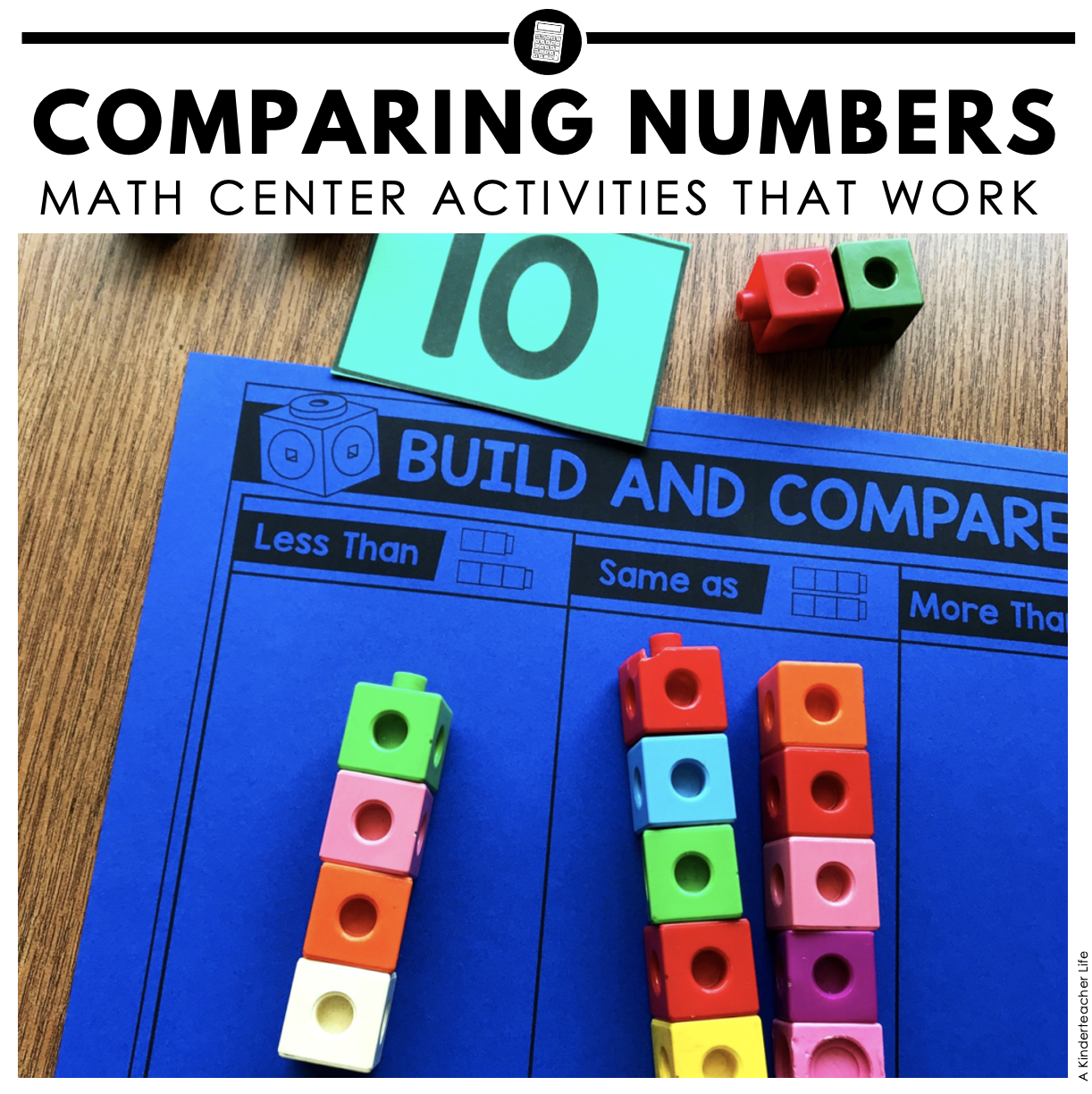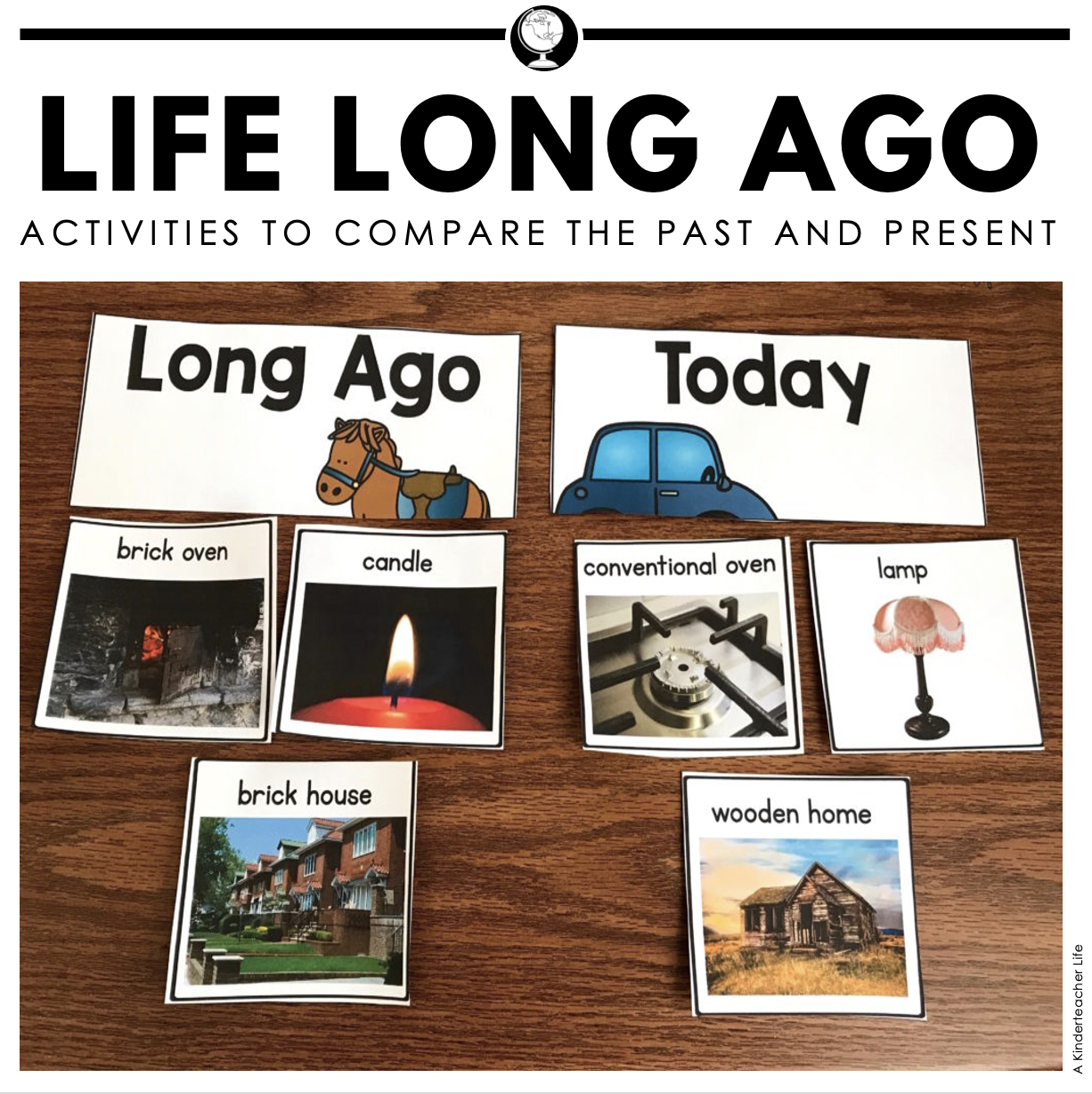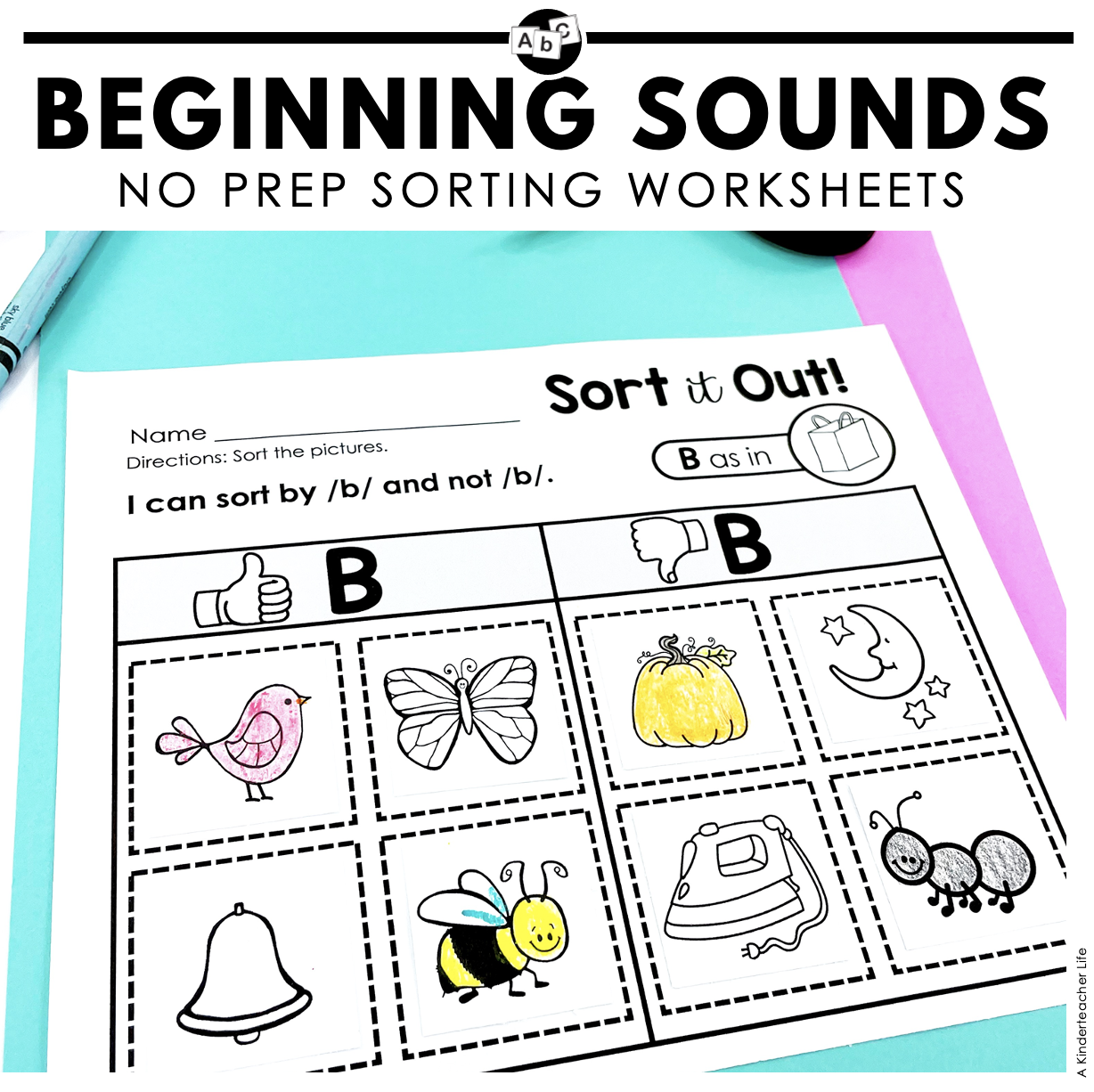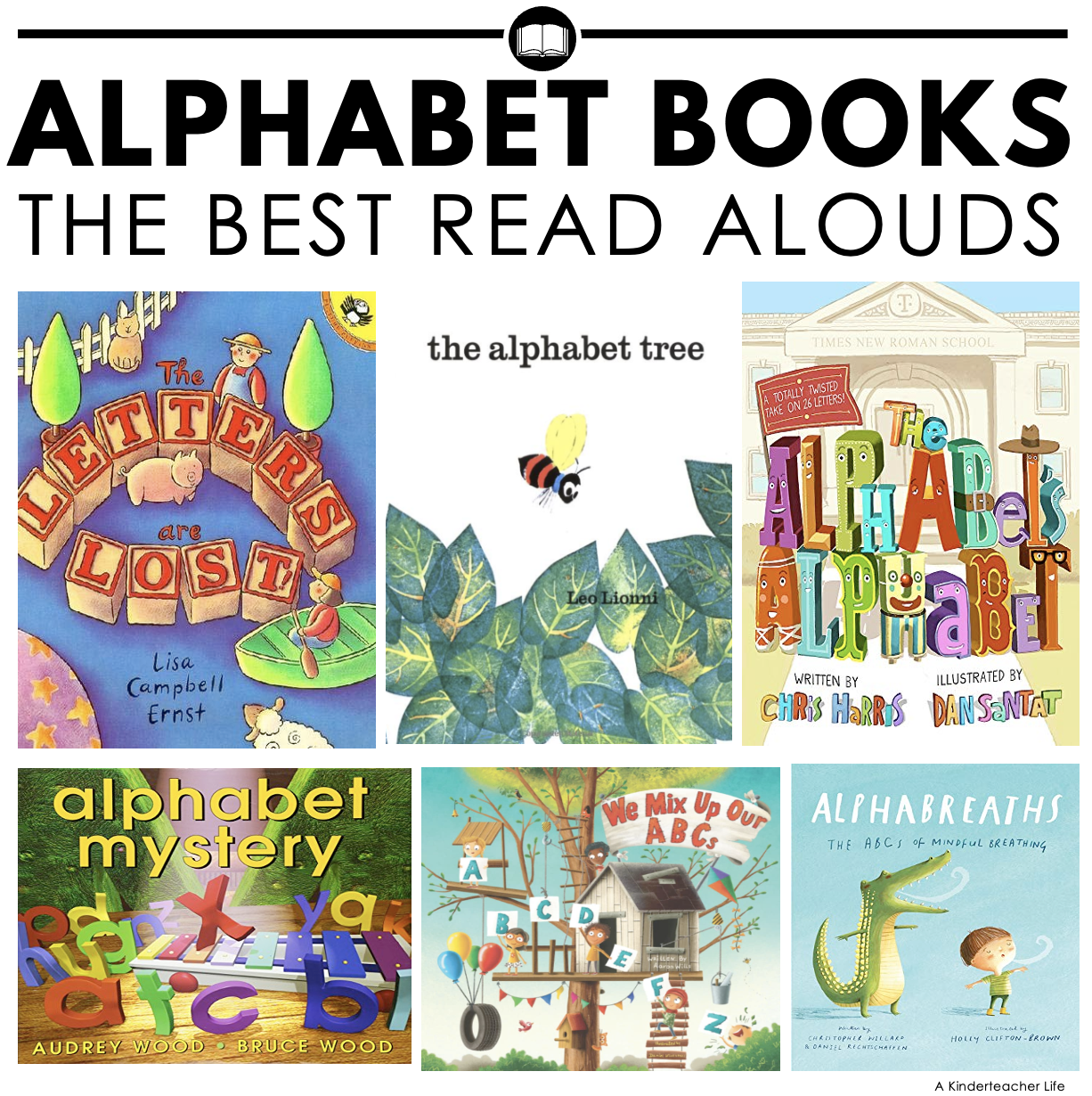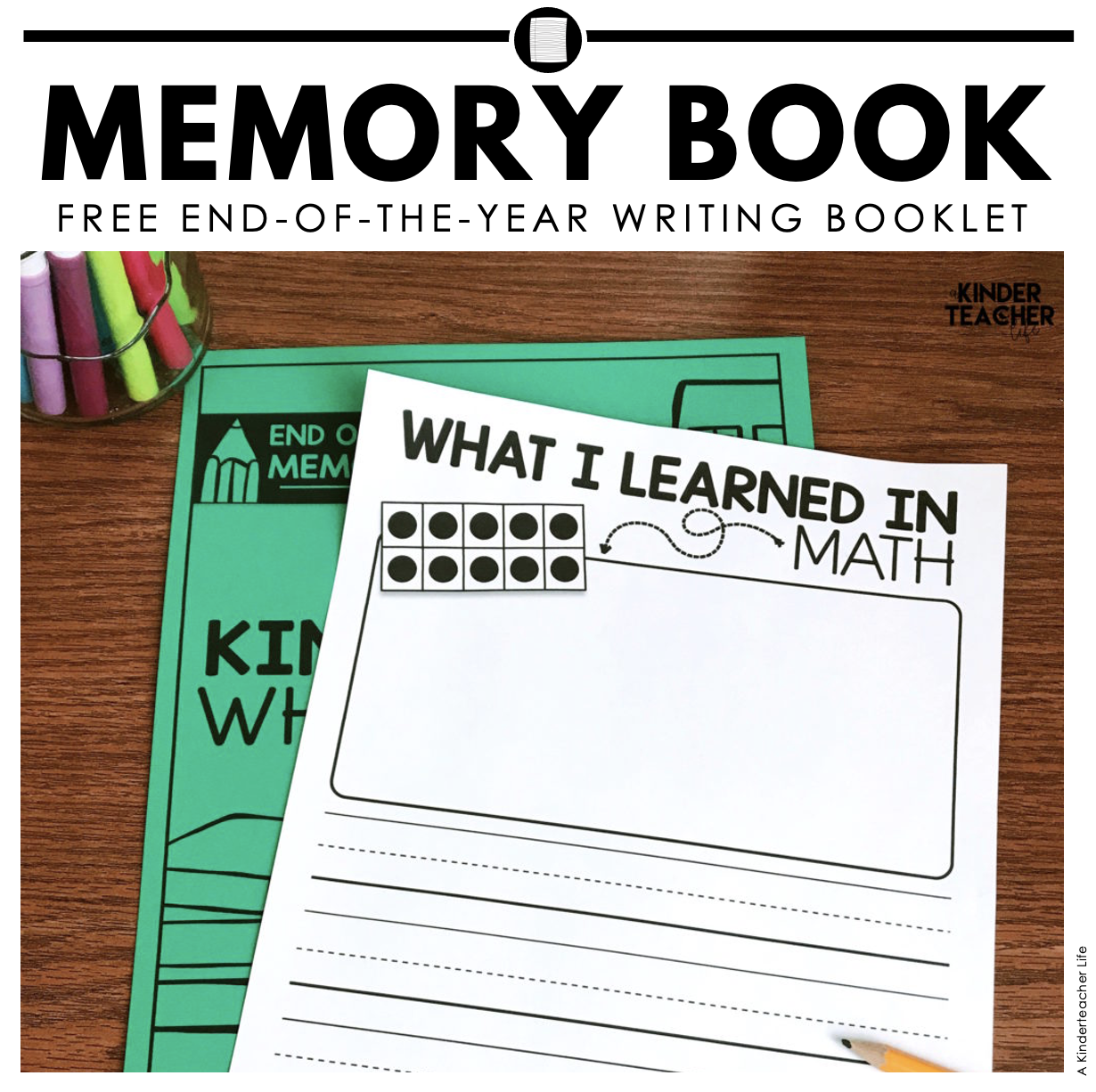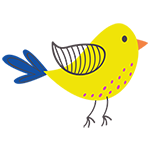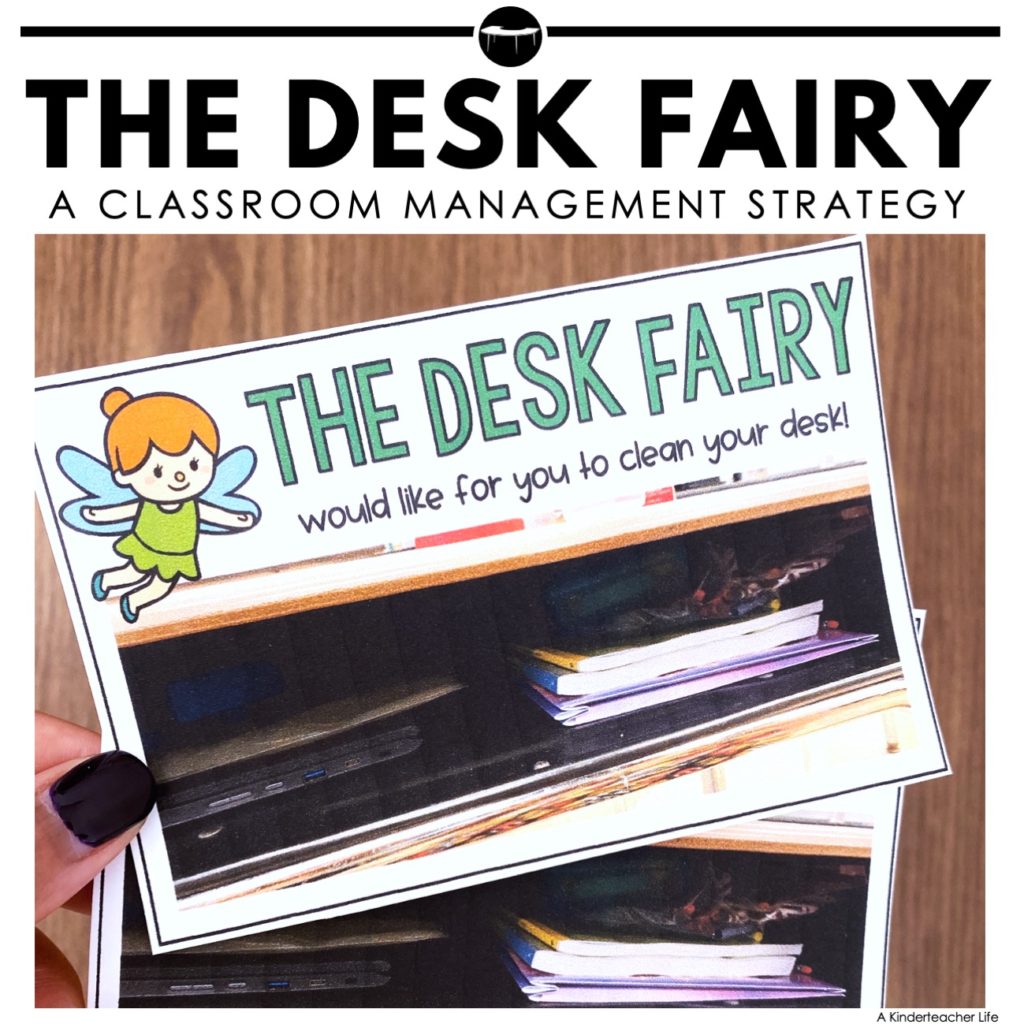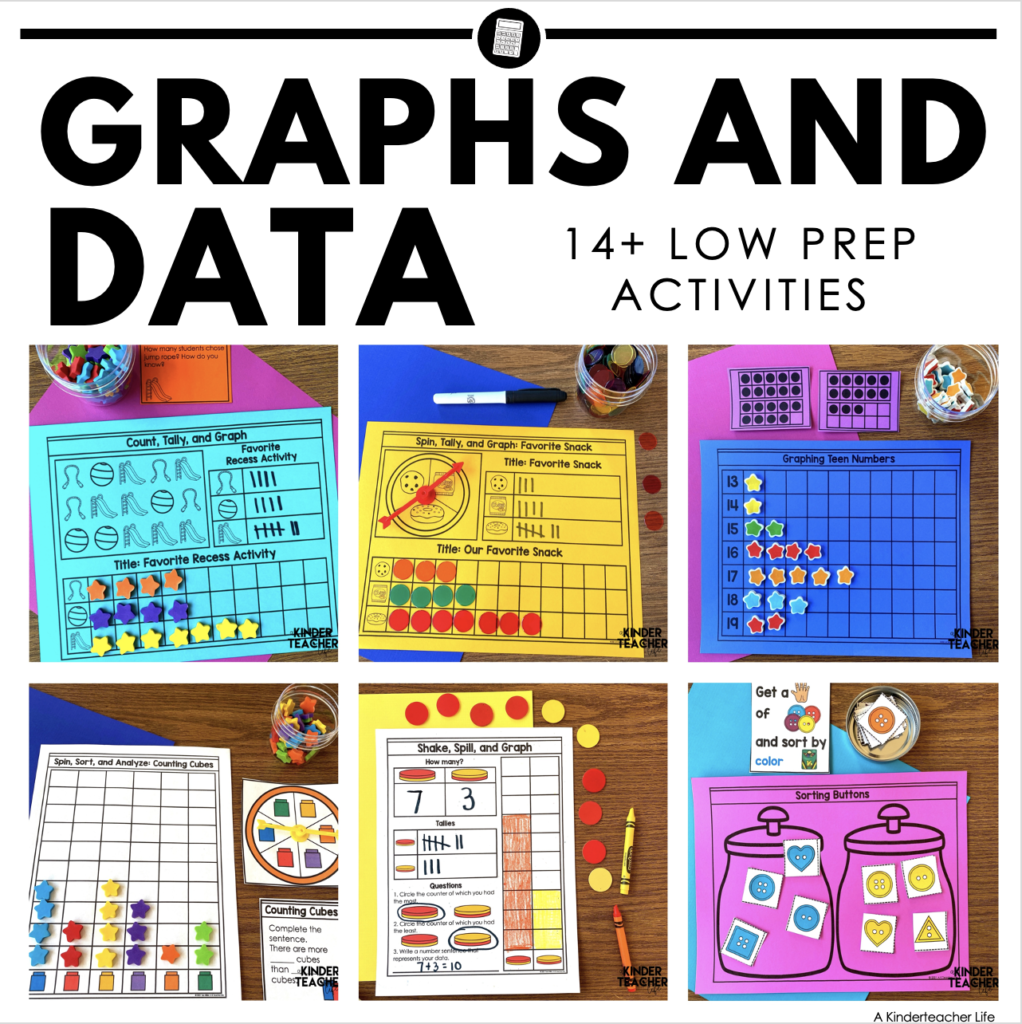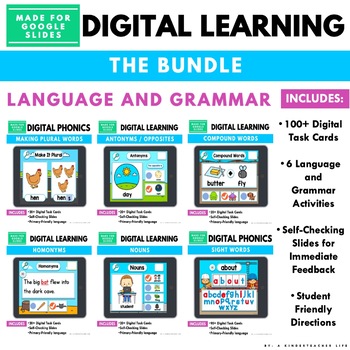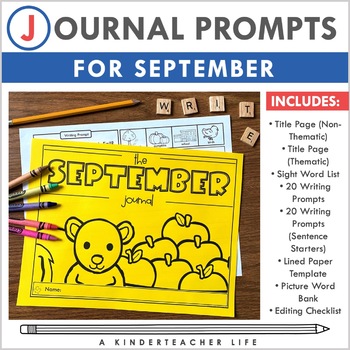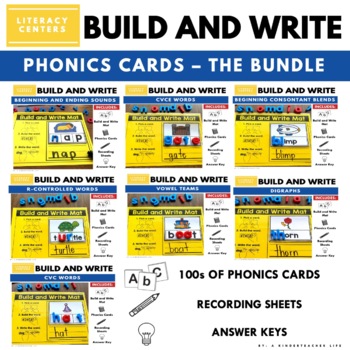Fun Ways to Incorporate Orthographic Mapping Activities
Many activities can help with orthographic mapping, establishing connections between letters and their corresponding sounds and meanings. Check out some low-prep ideas below and try them out.
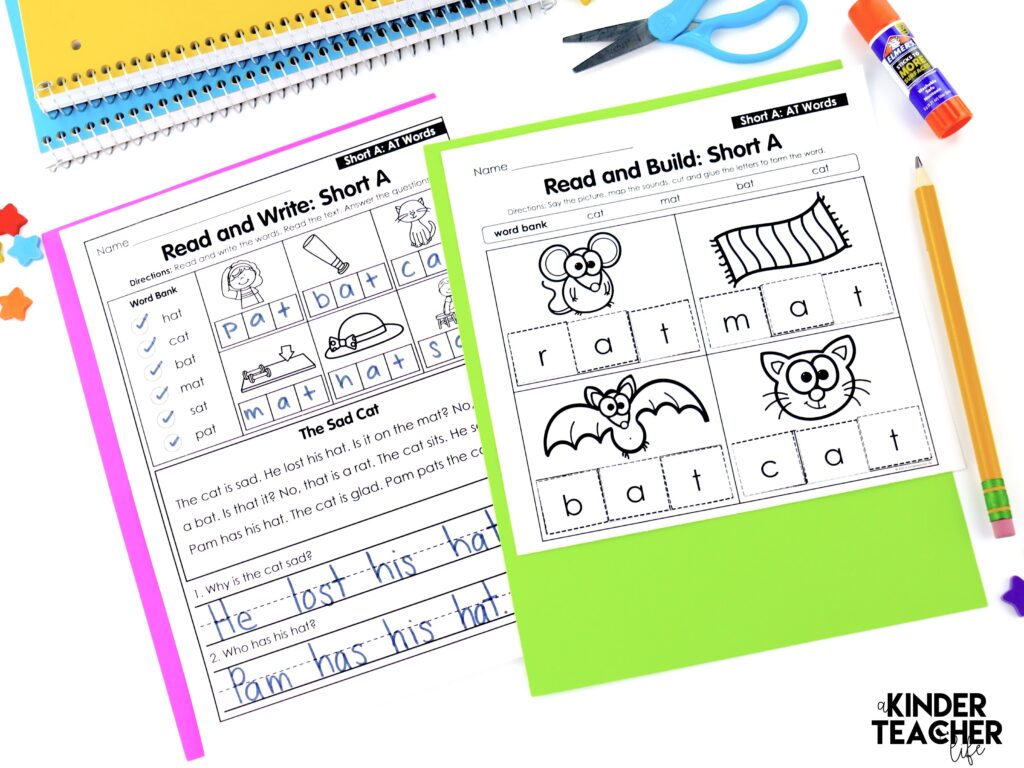
Phonics games
Phonics games like “I Spy” or “Phonics Bingo” can help children learn to associate letters with their sounds. You can play these games with flashcards, picture cards, or on a whiteboard.
Word Building
Word-building activities using letter tiles or magnetic letters can help children learn to blend sounds to form words. This activity can be done individually or in small groups. My favorite word-building activity is Build and Write. Students pick a card, say the word, count the phonemes, and write the word.
Word Sorts
Word sorts are activities where students sort words based on shared characteristics, such as sounds or spelling patterns. You can have students sort pictures based on spelling patterns. Word sorts are a great way to build phonological awareness skills.
Check out my spelling pattern word sorts here.
Dictation
Dictation is when a teacher reads a sentence or a paragraph aloud, and the student writes it down. This activity helps students learn to segment sounds in words and build their vocabulary. You can also give students a word list and have them pick a word or words and write their sentences.
Check out sentence writing word family worksheets here.
Reading Fluency Practice
Reading fluency practice can help children become more confident readers and improve their ability to recognize words automatically. Decodable texts are a great resource you could use.
Check out decodable word family worksheets here.
Children can develop their orthographic mapping skills and become more confident readers by engaging in these activities. It is essential to remember that children learn at different rates and that consistent practice is critical to success. Teachers and parents can also provide positive reinforcement and support to help children stay motivated and engaged.
What are some other orthographic mapping activities teachers could use in the classroom? Let me know in the comments section below.
Happy teaching,
Tee

